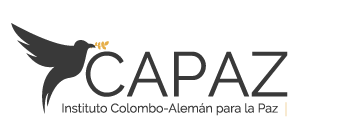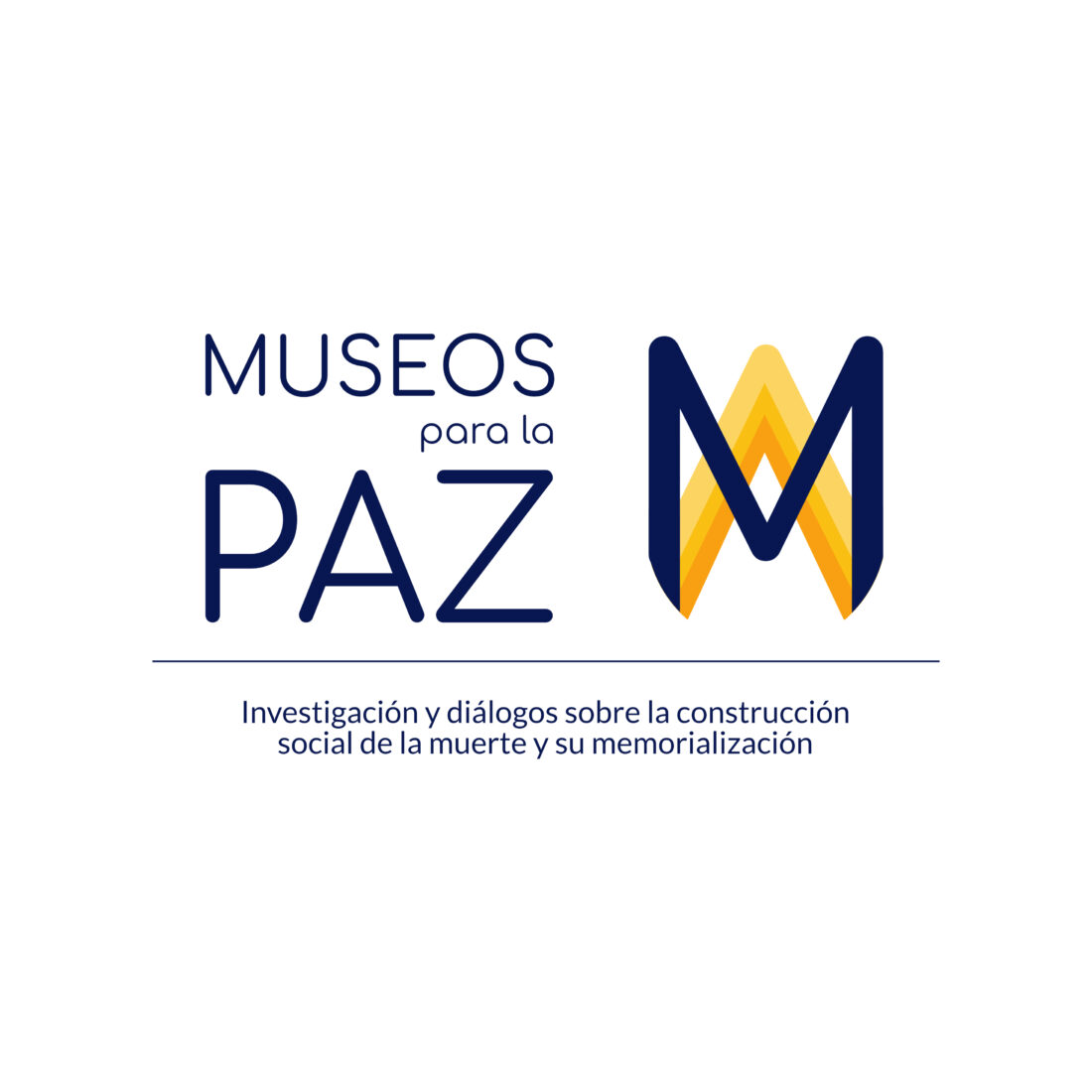
Peace Museums: interdisciplinary research and creation project
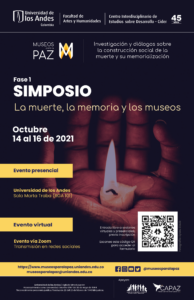
CAPAZ is supporting an initiative organised by the School of Arts and Humanities and the Interdisciplinary Center for Development Studies (CIDER) at Universidad de Los Andes called Peace Museums.
The project
The project comprises two phases. The first is a symposium called “Death, Memory, and Museums” that will be held from October 14 to 16, 2021, both on-site and online. This will be a space in which the academic and scientific construction of death, its ritual and commemorative practices will be discussed from the perspectives of archaeology, anthropology, art history, memory studies, and peace-building. To this extent, the project seeks to bring together different ways of understanding death, and is expected to result in mutual learning and the recognition of local knowledge.
For more information on the programme, and to complete the registration process, go to: https://museosparalapaz.uniandes.edu.co.
The second phase will be launched in March 2022 and in it the lessons learned during the symposium will be materialised in terms of the creation, conceptualisation, and design of a museum exhibition.
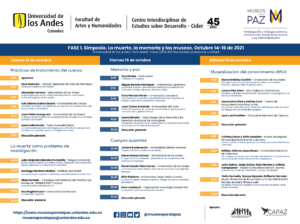
Death and conflict
The interdisciplinary Peace Museums initiative is based on the idea that the violence associated with the armed conflict in Colombia has impeded our comprehension and commemoration of ancestral and traditional practices related to death. This is not a minor problem, since understanding death as a social and historical phenomenon allows the affected communities to pursue processes of healing and reconstruction of social fabrics that, if not adequately addressed, can have disastrous social consequences.
Thus, issues such as mortuary landscapes, the politics of the body, human remains, symbolic, artistic and cultural practices, and the processes of historical memory about death and its commemoration, which have led to the creation of centers, houses, and museums dedicated to memory, will be key in the symposium discussions as well as in creating the Peace Museums.
The proposed methodology is dialogue. The project is intended to create a space where different disciplines can ask themselves how the analysis and reconstruction of the facts can help repair the social fabric affected by the war. What is important in this dialogue is not only the exchange of academic ideas, but also the possibility of an interpellation of the communities that have experienced and constructed their own practices of memory building. Thus, with input from different communities, the project is intended to enrich their contributions and reflections so that these dialogues can serve as a tool to “create a critical, active and plural community” that can conceive, in the future, the foundation of a museum.
